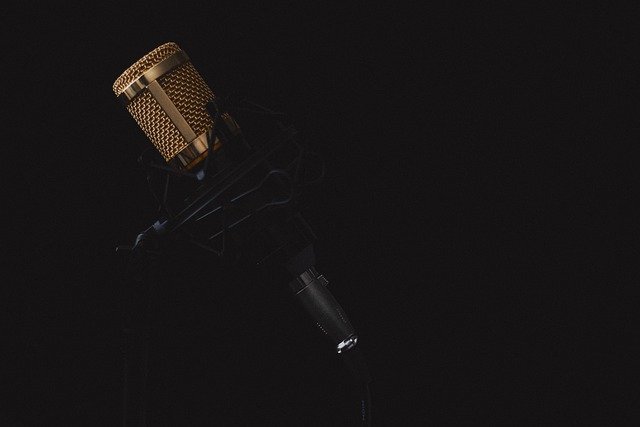Leveraging automated score and pitch reports for targeted practice
Automated score and pitch reports summarize vocal performance metrics and make targeted practice more efficient. By identifying pitch inconsistencies, timing issues, and areas needing tuning, these reports help singers and teachers plan warmups, exercises, and recording sessions with clearer goals while keeping privacy considerations in mind.

Automated score and pitch reports translate vocal performances into measurable data that singers and coaches can use to focus practice sessions. These summaries typically highlight pitch accuracy, timing, and relative loudness across phrases. When used alongside traditional listening and coaching, analytics help prioritize exercises, tune warmups to specific needs, and track slow, verifiable progress over weeks or months.
How do automated reports help vocals and pitch tuning?
Automated reports break down pitch deviations and alignment with a target melody, showing where vocals drift sharp or flat. Visual charts and heat maps can pinpoint repeated trouble spots, making tuning more precise than guessing by ear alone. For singers, this means practice can target intervals, transitions, and sustained notes that consistently fall out of tune. For ensemble singers, reports can reveal tuning discrepancies between parts so rehearsals emphasize blend and intonation rather than general repetition.
How does analytics and feedback guide practice?
Analytics condense long recordings into actionable feedback: average pitch error, note stability, and timing variance are common indicators. Feedback that flags specific phrases allows a practice plan to focus on short, repeatable segments instead of running entire songs repeatedly. This targeted approach saves time and reinforces muscle memory. When paired with a coach’s interpretation, analytics become diagnostic tools that inform which exercises and drills will most effectively address a singer’s weaknesses.
How to use recording and warmups for progress?
Regular recording creates a baseline for progress measurement; automated reports applied to successive recordings show trends rather than single-session snapshots. Warmups can be adapted to the particular patterns revealed by reports — for example, exercises emphasizing breath support if pitch waver is tied to breath control, or chromatic drills to stabilize pitch centering. Recording practice sessions also supports reflective learning: reviewing reports and recordings together helps performers internalize the feel of correct tuning and timing.
Can automated tools support coaching and collaboration?
Automated reports can supplement coaching by providing objective data that both teacher and student review together. Coaches can assign focused exercises based on report findings, and students can share recordings and reports through cloud systems for asynchronous feedback. Collaboration features in many apps allow teachers to annotate score segments, suggesting exercises or recording comparisons. When used responsibly, these tools enhance the coach’s expertise rather than replace judgment, enabling more productive remote or in-person lessons.
What exercises and voice tuning features are common?
Common practice features include pitch tracking, interval drills, sustained tone exercises, and metronome-guided timing drills. Voice tuning tools often display real-time pitch traces and a target line to help singers match intonation immediately. Exercises can be sequenced to move from large-interval accuracy to fine-grained pitch centering, and analytic reports show whether exercises are reducing error rates over time. Using a mix of warmups, technical drills, and repertoire-focused repetitions provides balanced development.
How do privacy and cloud affect data and progress tracking?
Many apps store recordings and reports in the cloud to enable device syncing and teacher collaboration. Users should review privacy settings, storage duration policies, and sharing controls to manage who sees their recordings and analytics. Some services offer on-device processing to limit cloud transfers; others encrypt stored data. Understanding these options helps performers maintain control of their personal recordings while still taking advantage of cloud-based progress tracking and collaboration features.
Conclusion Automated score and pitch reports are practical tools that translate subjective listening into quantifiable insights, helping singers and coaches set precise goals, tailor warmups, and select targeted exercises. When combined with thoughtful coaching, regular recording, and attention to privacy and cloud settings, these analytics support steady progress in pitch accuracy, timing, and overall vocal control without replacing the nuanced guidance of human teachers.






